How to grow clematis (with pictures)
Clematis, known as the "queen of rattan flowers", is a newly emerging flower in China in the past two years. It is deeply loved by people because of its various colors, variety and splendor. The attribute of Fujimoto makes it an indispensable new element in courtyard and balcony decoration. So how to cultivate clematis?
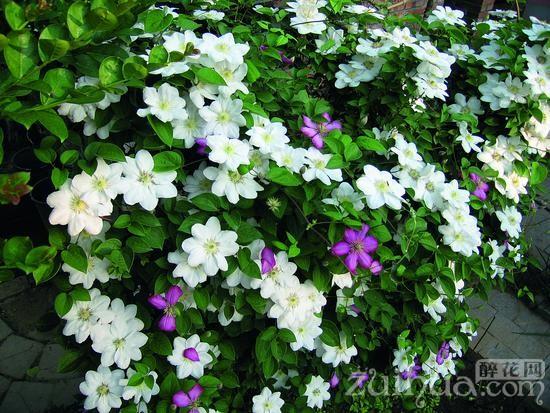
1, soil: like fertile, well-drained alkaline loam, avoid stagnant water or summer drought and can not retain water.
2. Watering: endure early and be afraid of waterlogging. In the rainy season, due to high temperature and humidity, it is easy to die of disease and death, so you can keep the basin soil moist during the growing season. Do not water too much, otherwise the roots are easy to rot.
3. Sunshine: potted clematis are cultivated under full light from autumn to early spring of the next year, without shade, and strong light after entering summer, which will lead to aging and yellowing of clematis leaves, poor growth, and need proper shading.
4. Temperature: strong adaptability, cold resistance, can withstand-20 low temperature.
5. Fertilization: the demand for fertilizer is not high, and liquid fertilizer can be applied every half a month or so during the peak growth period.
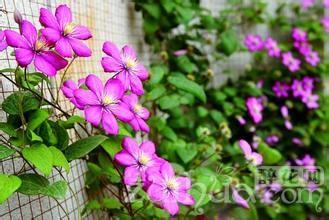
Conclusion: the maintenance of clematis is more difficult, as long as we grasp the main points, we can raise beautiful clematis.
Original address:
Clematis, known as the "queen of rattan flowers", is a newly emerging flower in China in the past two years. It is deeply loved by people because of its various colors, variety and splendor. The attribute of Fujimoto makes it an indispensable new element in courtyard and balcony decoration. So how to cultivate clematis?
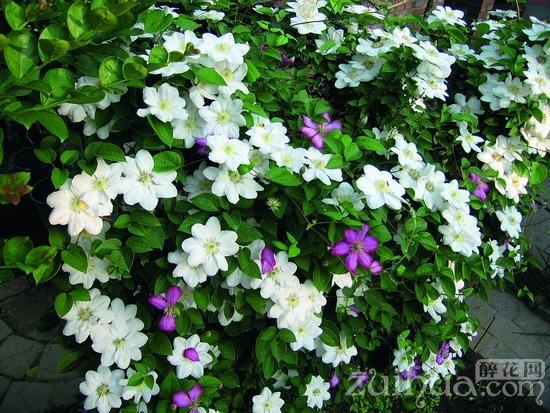
1, soil: like fertile, well-drained alkaline loam, avoid stagnant water or summer drought and can not retain water.
2. Watering: endure early and be afraid of waterlogging. In the rainy season, due to high temperature and humidity, it is easy to die of disease and death, so you can keep the basin soil moist during the growing season. Do not water too much, otherwise the roots are easy to rot.
3. Sunshine: potted clematis are cultivated under full light from autumn to early spring of the next year, without shade, and strong light after entering summer, which will lead to aging and yellowing of clematis leaves, poor growth, and need proper shading.
4. Temperature: strong adaptability, cold resistance, can withstand-20 low temperature.
5. Fertilization: the demand for fertilizer is not high, and liquid fertilizer can be applied every half a month or so during the peak growth period.
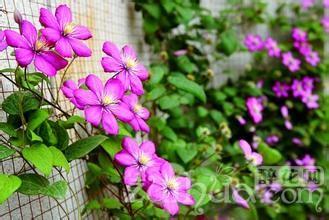
Conclusion: the maintenance of clematis is more difficult, as long as we grasp the main points, we can raise beautiful clematis.
- Prev
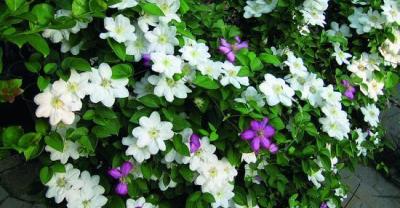
Planting fragrant plants is a cure for your soul.
The natural fragrance of orchids comes from the fragrance of aromatic plants, usually through flowers, as well as wood. Emit fragrance by secreting a liquid. Such as camphor tree.
- Next
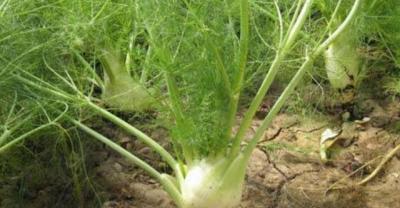
Planting method of celery in greenhouse in autumn
Greenhouse celery is a fast-growing green leafy vegetable with strong adaptability. It has a wide planting area in China, and its output and market demand are relatively large. The following autumn is introduced below.
Related
- Fuxing push coffee new agricultural production and marketing class: lack of small-scale processing plants
- Jujube rice field leisure farm deep ploughing Yilan for five years to create a space for organic food and play
- Nongyu Farm-A trial of organic papaya for brave women with advanced technology
- Four points for attention in the prevention and control of diseases and insect pests of edible fungi
- How to add nutrient solution to Edible Fungi
- Is there any good way to control edible fungus mites?
- Open Inoculation Technology of Edible Fungi
- Is there any clever way to use fertilizer for edible fungus in winter?
- What agents are used to kill the pathogens of edible fungi in the mushroom shed?
- Rapid drying of Edible Fungi

